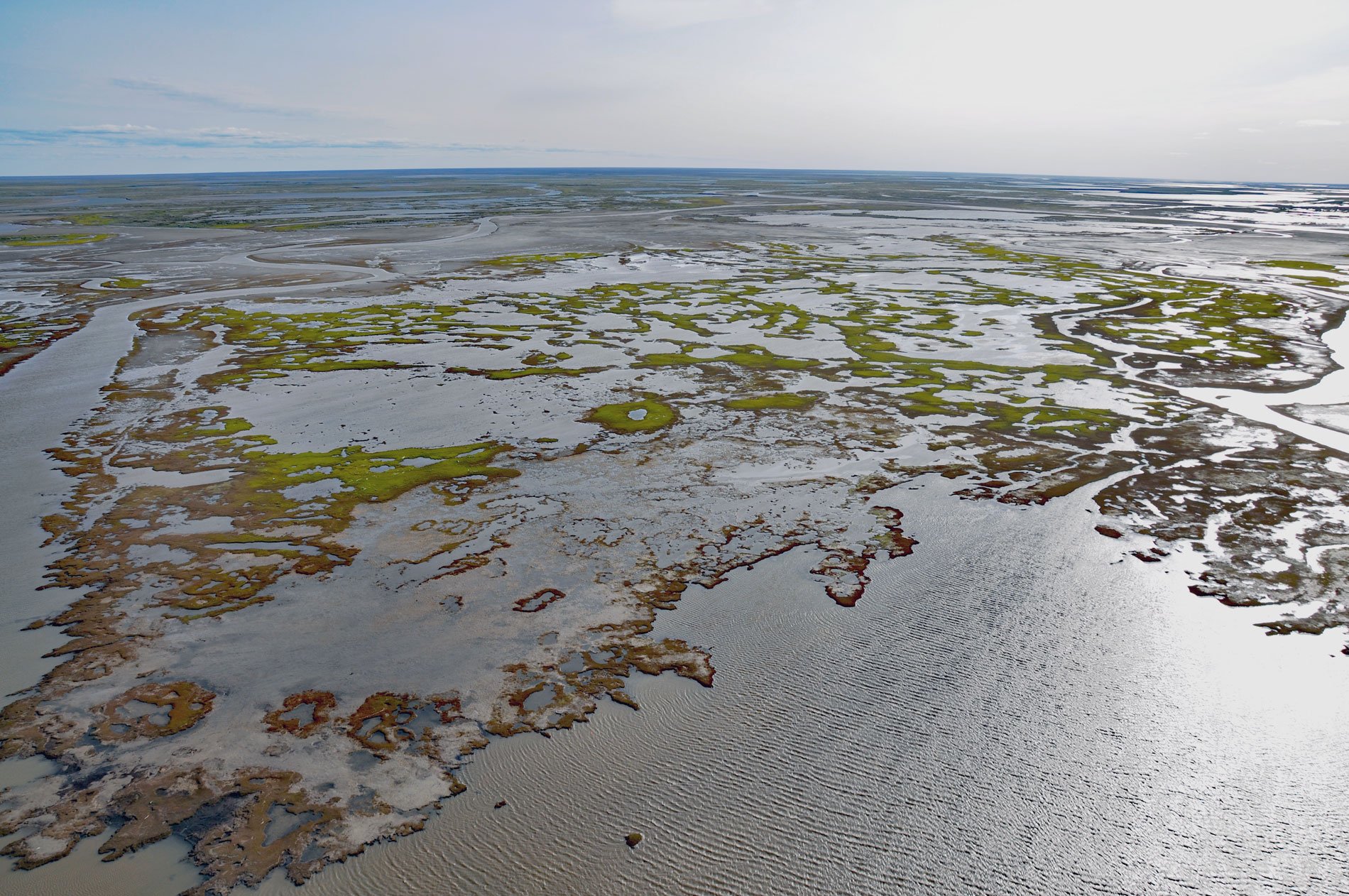The Willow Prospect is an oilfield development project on leased federal lands within the Bear Tooth Unit of the National Petroleum Reserve, about 118 miles (190 km) southeast of Utqiaġvik and 33 miles (53 km) west-northwest of Nuiqsut, Alaska. The U.S. Geological Survey estimates the area contains about 8.7 billion barrels of extractable oil using current technology.
The National Petroleum Reserve in Alaska was created by President Warren G. Harding in 1923 as Naval Petroleum Reserve Number 4 during a time when the U.S. Navy was converting ships to run on oil rather than coal. In 1976, the reserve was transferred from the Navy to the Department of the Interior, and managed by the Bureau of Land Management. Between 1944 and 1981, the U.S. government drilled and then abandoned about 137 wells in the reserve as part of an exploratory program to estimate locations of reservoirs. In 1998, about 87 percent of the northeast area was opened to oil and gas leasing. In 2003, the U.S. Geological Survey indicated the best prospects for large reserves were just east of Teshekpuk Lake. As of October 2012, a total of 1,374,583 acres (556,274 ha) have been leased, with 872,125 acres (352,936 ha) in the northeast region, and 502,458 acres (203,338 ha) in the northwest region.
The National Petroleum Reserve in Alaska is an ecologically important area, and human settlements are small and rare, the largest being Utqiaġvik, Nuiqsut, Wainwright, and Anaktuvuk Pass. The area includes Teshekpuk Lake, an important nesting ground for many species of migratory birds, including shorebirds and waterfowl. The area also supports more than a half-million caribou of the Western Arctic and Teshekpuk Herds. The Western Arctic Herd calves in the Utukok, Kokolik, and Colville uplands, while the Teshekpuk Herd calves in the areas surrounding Teshekpuk Lake. The reserve includes the headwaters and much of the Colville River, Alaska’s largest river north of the Arctic Circle. Read more here and here. Explore more of Willow Prospect here:

